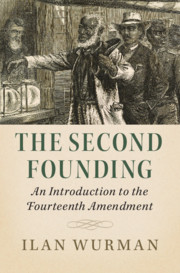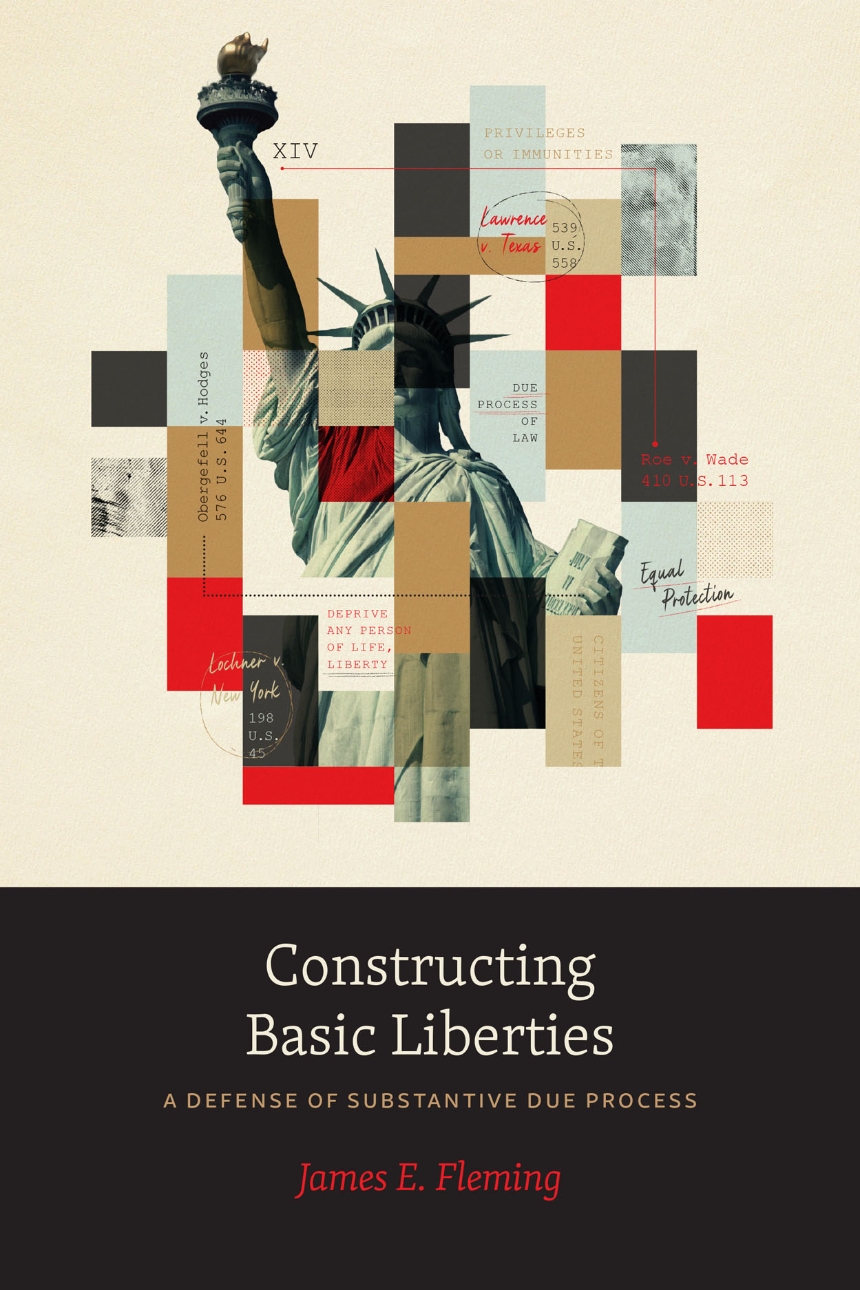 Vol. 35, No. 01 (March 2025) pp. 11-13
Vol. 35, No. 01 (March 2025) pp. 11-13
JUDICALIZING EVERYTHING? THE CLASH OF CONSTITUTIONALISMS IN CANADA, NEW ZEALAND, AND THE UNITED KINGDOM, by Mark S. Harding. Toronto: University of Toronto Press, 2022. 181 pp. Cloth $39.95. ISBN 9781487528485. Ebook $42.95. ISBN: 9781487528508.
Reviewed by Christopher Manfredi. Department of Political Science. McGill University. Email: christopher.manfredi@mcgill.ca.
Mark Harding has written a short and readable book that applies a comparative lens to two separate debates within the literature on judicial politics and constitutionalism. The first debate, which occupies most of Harding’s analysis, is that between political and legal constitutionalism. The central question of this debate is whether rights are better protected by political institutions (political constitutionalism) or through development and application by the judiciary (legal constitutionalism). The second debate is between liberal and post-liberal constitutionalism, with the former conceptualizing constitutional rules as largely protecting individuals from government overreach, and the latter understanding constitutions as imposing positive obligations on government to regulate the private sphere to achieve a broader conception of liberty. Harding’s book examines how these debates have played out within the final appellate courts of Canada, New Zealand, and the United Kingdom.
In the interest of full disclosure, I should recognize my own biases at the outset of this review. My scholarship places me squarely in the camp of political constitutionalists who support liberal constitutionalism. However, in the context of the Westminster parliamentary systems that are the subject of Harding’s book, this positioning should not be misunderstood as nostalgia for a bygone era of parliamentary supremacy. Canada’s 1982 constitution clearly replaced parliamentary supremacy with constitutional supremacy. In my view, the debate between political and legal constitutionalism in Canada is not about preserving parliamentary supremacy (as it might be in New Zealand or the United Kingdom), it is about identifying the appropriate institutional locus for constitutional interpretation. Legal constitutionalism places this locus clearly in the courts to the extent that the judiciary enjoys a monopoly on constitutional interpretation, especially with respect to rights. A post-1982 Canadian political constitutionalist recognizes a new critical role for judicial review but also recognizes a coordinate role for political institutions in constructing constitutional meaning.
It should also be noted that, although legal constitutionalism has become the dominant perspective among post-liberal constitutionalists in Canada, this was not always the case. Indeed, many of the early critics of entrenching rights in the Canadian constitution—like Andrew Petter, Allan Hutchinson, and Michael Mandel—were post-liberal constitutionalists highly sceptical of legal constitutionalism (Hutchinson and Petter 1988, Mandel 1989). They saw political institutions as the principal source of progressive social and economic policies, and courts as the principal obstacle to those policies. Their position was grounded in the U.S. experience, where the U.S. Supreme Court’s progressive record was relatively short, spanning a 20-year period from Brown v. Bd. of Ed. (1954) to Roe v. Wade (1973). It also found support in early Canadian Charter of Rights cases, especially involving organized labour. Whether the post-liberal orientation of Canadian legal constitutionalism is now permanent is an open question.
 Vol. 35 No. 01 (March 2025) pp. 8-10
Vol. 35 No. 01 (March 2025) pp. 8-10 Vol. 34 No. 04 (July 2024) pp. 44-47
Vol. 34 No. 04 (July 2024) pp. 44-47 Vol. 34 No. 04 (July 2024) pp. 40-43
Vol. 34 No. 04 (July 2024) pp. 40-43 Vol. 34 No. 04 (July 2024) pp. 36-40
Vol. 34 No. 04 (July 2024) pp. 36-40 Vol. 34 No. 04 (July 2024) pp. 31-35
Vol. 34 No. 04 (July 2024) pp. 31-35